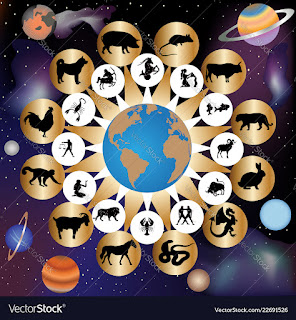What are Cruxim?
A Cruxim is a Nephilim who is missing one of his Ka-elements. He cannot practice magic of that element and his magical aura appears as a Cross in Ka-vision rather than the usual Pentacle. A Nephilim cannot have fewer than four Ka-elements, or they enter a permanent state of Narcosis (or Semktet while incarnated) and their Ka gradually disperses into the magic fields. In Nephilim: Revelation , Cruxim was part of a flaw available at character creation: "Second Downfall". Like other flaws, it was rated Apprentice (•), Journeyman (••), or Master (•••). Regardless of level, the Nephilim could no longer cast spells of linked to the lost Ka-element (except Alchemy, as the Athanor had its own Ka-elements). At Apprentice level, the Nephilim merely saw one of his Ka-elements atrophy following a magical injury, rendering him unable to cast spells of that Ka. It isn't gone, but the game value is negligible. At Journeyman level, he became a Cruxim with the affected Ka-element absent
